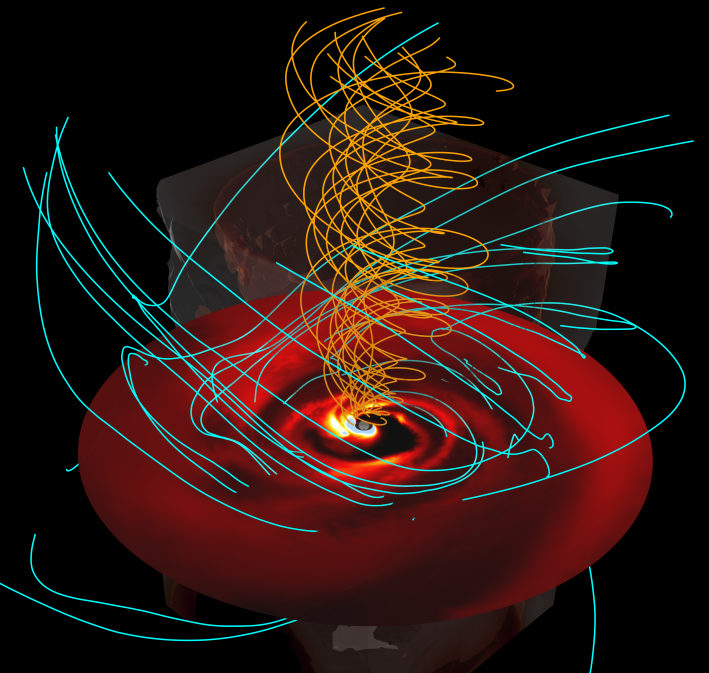Science cluster

Summary
The Open modeling pipelines to Make Extreme Astrophysical Events NICER - MEXANE project will develop an Open Science service for modeling X-ray data from compact astrophysical objects, leveraging artificial intelligence to enhance scientific inference. The project will create a FAIR-compliant pipeline that integrates Physics-Informed Neural Networks (PINNs), MCMC methods and genetic algorithms to solve physical equations in real time while simultaneously fitting observational data. The pipeline will be released openly via Zenodo, together with documentation, interactive notebooks, and training resources.
Challenge
Main RI-concerned X-ray missions, such as NICER, generate rich datasets critical to understanding the physics of neutron stars and black holes. However, current modeling tools remain fragmented, computationally demanding, and often inaccessible to researchers without HPC resources. Moreover, the integration of real-time data fitting with physically consistent modeling - especially in an open and FAIR-compliant framework - remains largely unexplored, limiting broader reuse and reproducibility across the community.
Solution
MEXANE will develop a next-generation modeling framework that combines machine learning with physical simulation. By using PINNs to solve nonlinear equations describing compact object environments and coupling them with inference tools such as MCMC and genetic algorithms, the pipeline will enable dynamic modeling of NICER observations. The system will be interoperable with EOSC services and built to extend easily to XMM-Newton, Chandra, and future missions like Athena. MEXANE will also deliver fully documented notebooks, test datasets, and training events to ensure broad adoption, even by users with limited computational access.
Scientific Impact
The MEXANE pipeline will significantly reduce the computational barriers to modeling high-energy astrophysical data, democratising access to sophisticated analysis tools. Its methodology is directly applicable to multi-messenger astrophysics, particularly in preparation for LISA by modeling X-ray counterparts of massive black hole mergers. Beyond astrophysics, the project's AI framework has cross-domain relevance in fields, such as hydrodynamics and aerospace engineering.
By integrating with the ESCAPE Science Cluster and adhering strictly to FAIR principles, MEXANE supports EOSC’s long-term goals of interoperability, reuse, and inclusive scientific innovation.
Principal investigator

Antonios Nathanail is a researcher at the Research Center for Astronomy and Applied Mathematics of the Academy of Athens. With a PhD in relativistic astrophysics, he has authored over 80 scientific papers, gathering more than 8,400 citations. He has led multiple competitive research grants, received awards from ELIDEK and the Humboldt Foundation, and is a member of major collaborations like the EHT. His expertise bridges high-energy astrophysics, compact objects, and open science.

